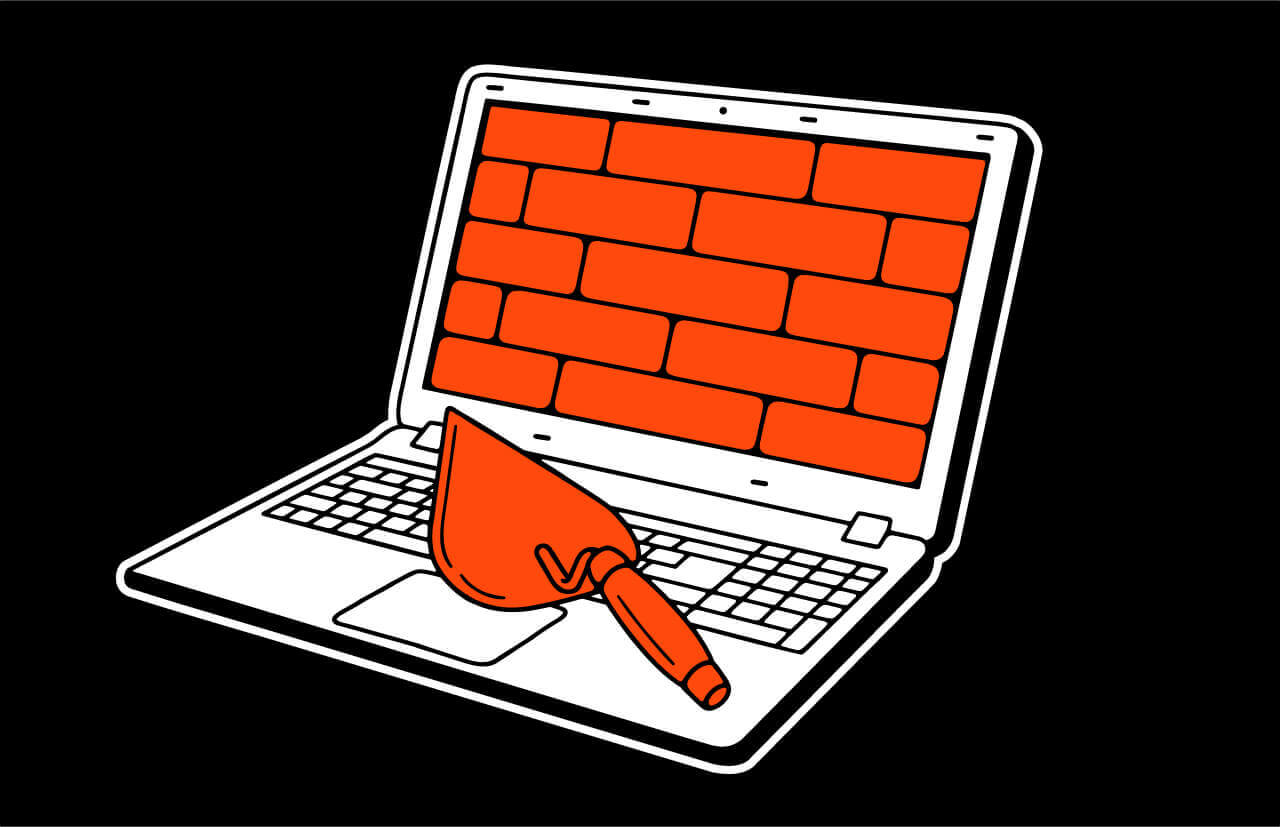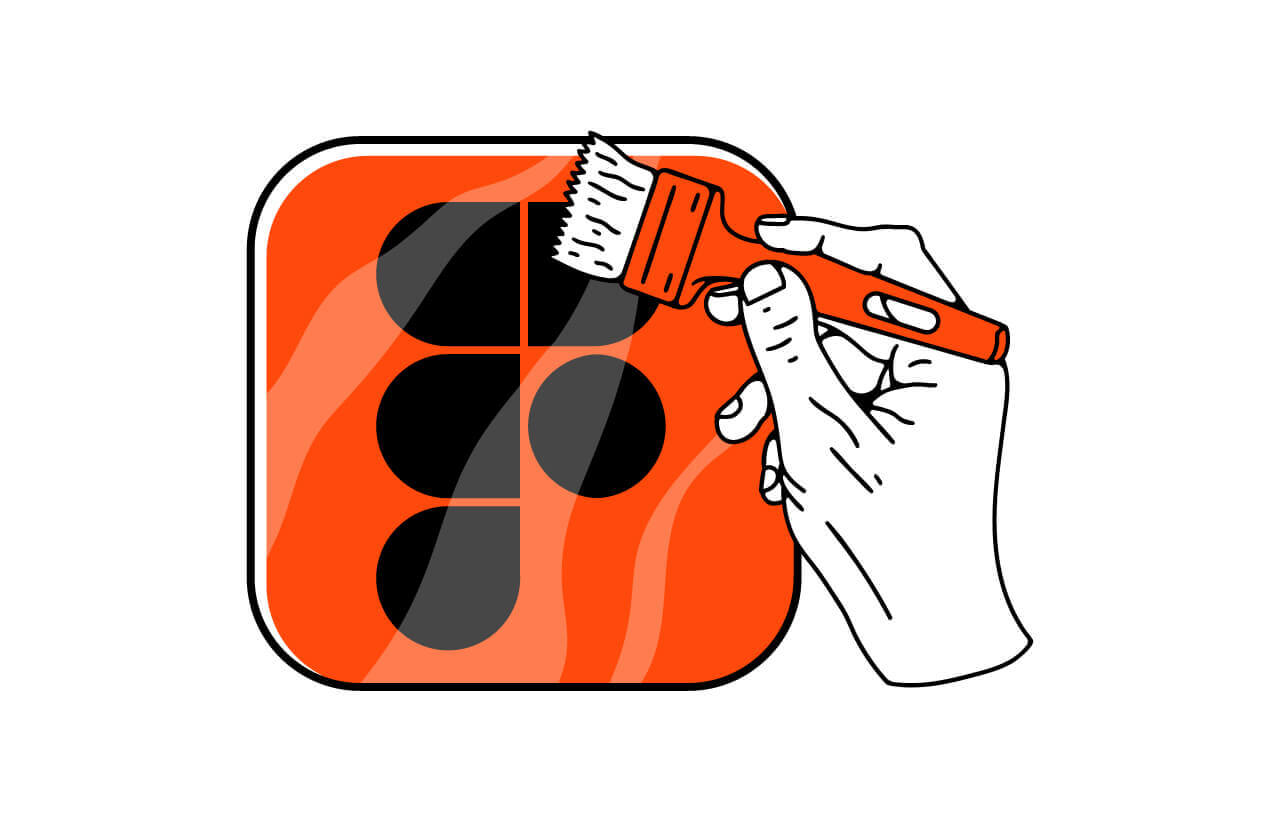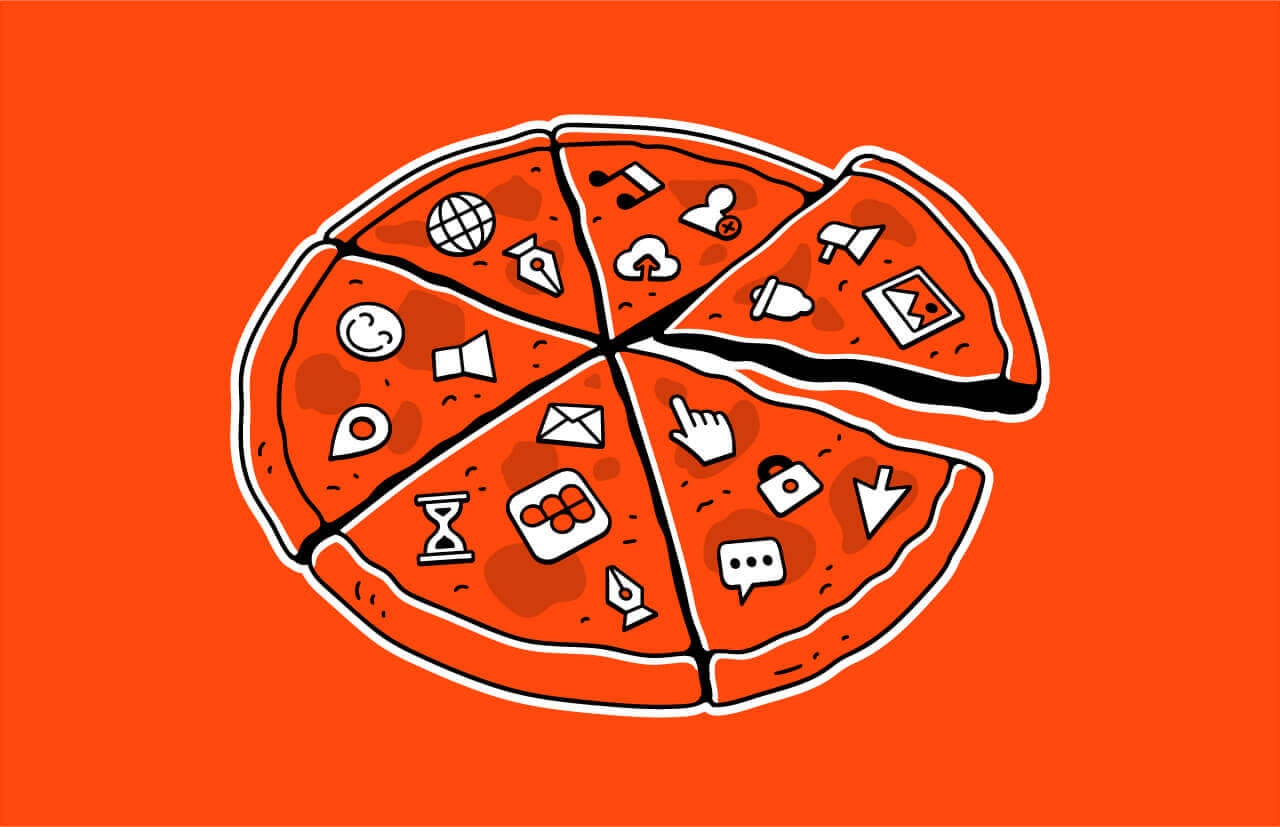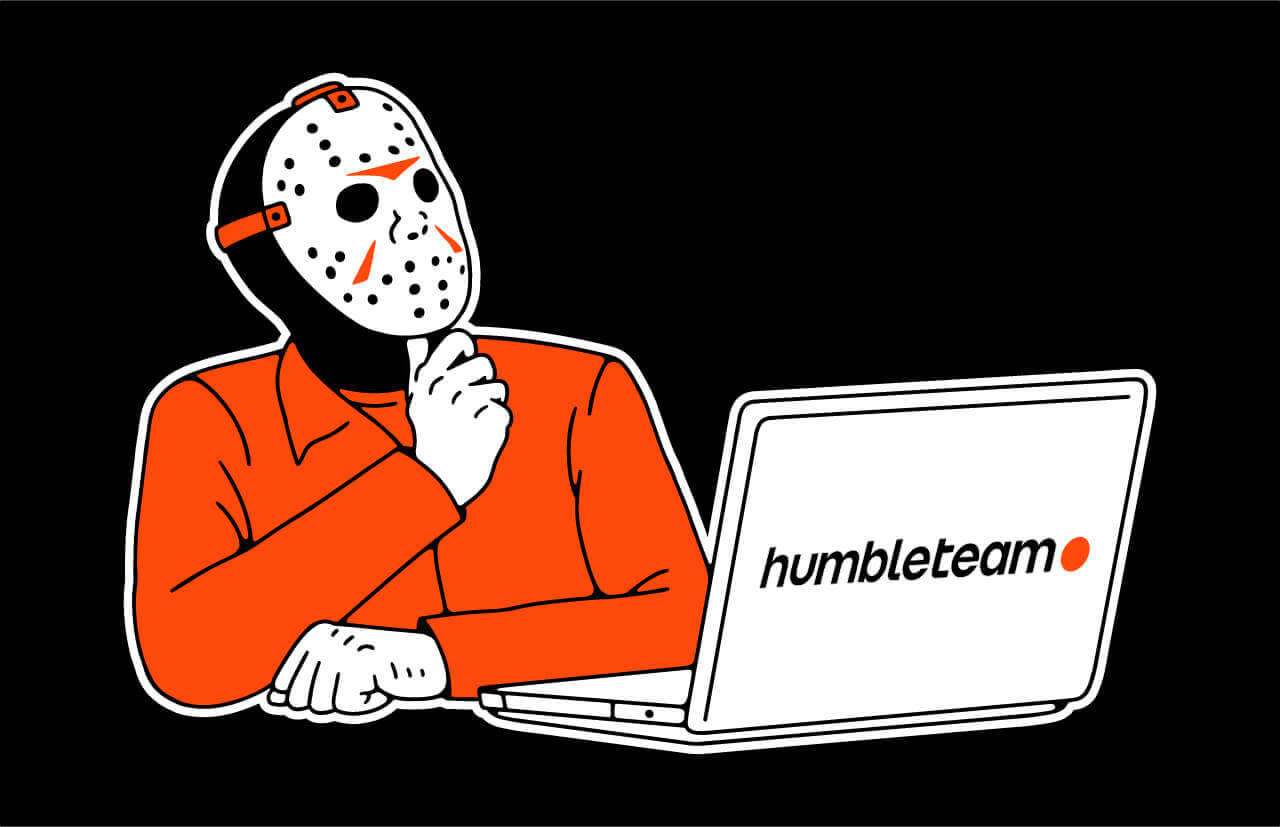And what are the reasons behind the designer salary.
Intro: designers are designing
What exactly designers do that makes them so special and valuable? Well, to understand that let’s list all activities they have to perform during their work routine.
All of you know what designer has to do by default. Even though there are different types of job positions they are all essentially doing the same things: gathering brief details, data analysis, creating prototypes and mockups, user testing and usability researches.
This list is basically covering everything that designers do and this is what they’re paid for, right? Wrong! Well, in theory, it is, but in real life, they are doing a ton of things which are not stated in the contract, not paid for, but usually just assumed to be done. And some employers, of course, are more than happy with this situation.

Part 1. Designers help testing
QA (quality assurance) are covering risks by detecting mistakes that were done by other team members. But sometimes those mistakes slip through. Two basic ones are: visual (almost similar but not actually similar colours, almost similar fonts, small off-grid positioning) and logic (unusual interactions that don’t correlate with the aim of a particular feature) — those, however, are likely to be detected by a designer.
Here’re real cases (screens that passed through testing and ended up being fixed by a Designer):


Designers help product owners
Product owners concentrate all the knowledge on the project. They pull the information from clients about their requirements and pull info from the team about its resources. Designers help Product owner with:
- Complications — spots where the user had problems understanding how the product works.
- Throwing away unnecessary complexity. Some Product owners tend to copy competitors’ features because they seem to work well, but sometimes it’s enough to create 20% of functions to cover 80% use cases. And it’s a Designer’s job to cut down Product Owners ambitions and make it simple and easy-to-develop but sufficient to satisfy users.
- Writing specifications and use cases. As there’s almost never a strict plan for this (it’s usually agile now, not waterfall), designer’s experience and judgement are usually crucial to figure out small details and confusions in UI flow.

Designers help business owners
Sometimes it’s not the UI that has to be fixed, but the business process or the product itself. And designer might help to reveal that. For example, imagine a product where a client wants to have a special button for exporting data sets in Excel spreadsheets. That sounds like a reasonable business demand for a product feature. But the first thing that Designer should ask is “user would export data set to Excel sheet to do what?”. Exporting data outside the product assumes that this data would be processed somehow by something else, that might mean that either the product doesn’t have enough tools to deal with it or it might mean that some business process is ineffective. Both of those cases require an additional round of discussion with the client.
Second, Designers often have relevant experience in creating similar products or digital products in general, so they can analyze whether the feature is going to work during the early planning stage and save some time
And third, Designer can lead and inspire the whole team by establishing mission and vision, by spreading positive (if any were achieved) results of usability tests and feedbacks and delivering information that the product is getting better with every iteration.

Bonus: designers help selling
A large portion of designer’s job is to tell other how and why they make their decisions. And not only for the client, but for the team as well.
Unlike developers and probably other team members the work of designers is always watched and discussed just because of its visual nature and because it could be understood by anyone (compare it to program code). Therefore designer has to boost communicative skills, otherwise, decision making in UI/UX could be overtaken by someone who does it worse, but is simply more convincing. So eventually designer has to “sell” their ideas to almost everybody in the company and outside of it.

critical web design mistakes to avoid
Aftermath
Someone will say: what you just described is a product designer. Of course, but those are kind of rare as of now, usually, people are just adding this buzzword to their title to make their position sound better. The majority of designers still do this work I described above.
What I tried to explain is not that Designers are somehow better or working harder than everyone else, but that their activities are more complex and multi-layered than it’s usually considered by other members of the team.
Let us know what you think.
Subscribe to hear about legendary business pivots on our CTRL SHIFT podcast.





